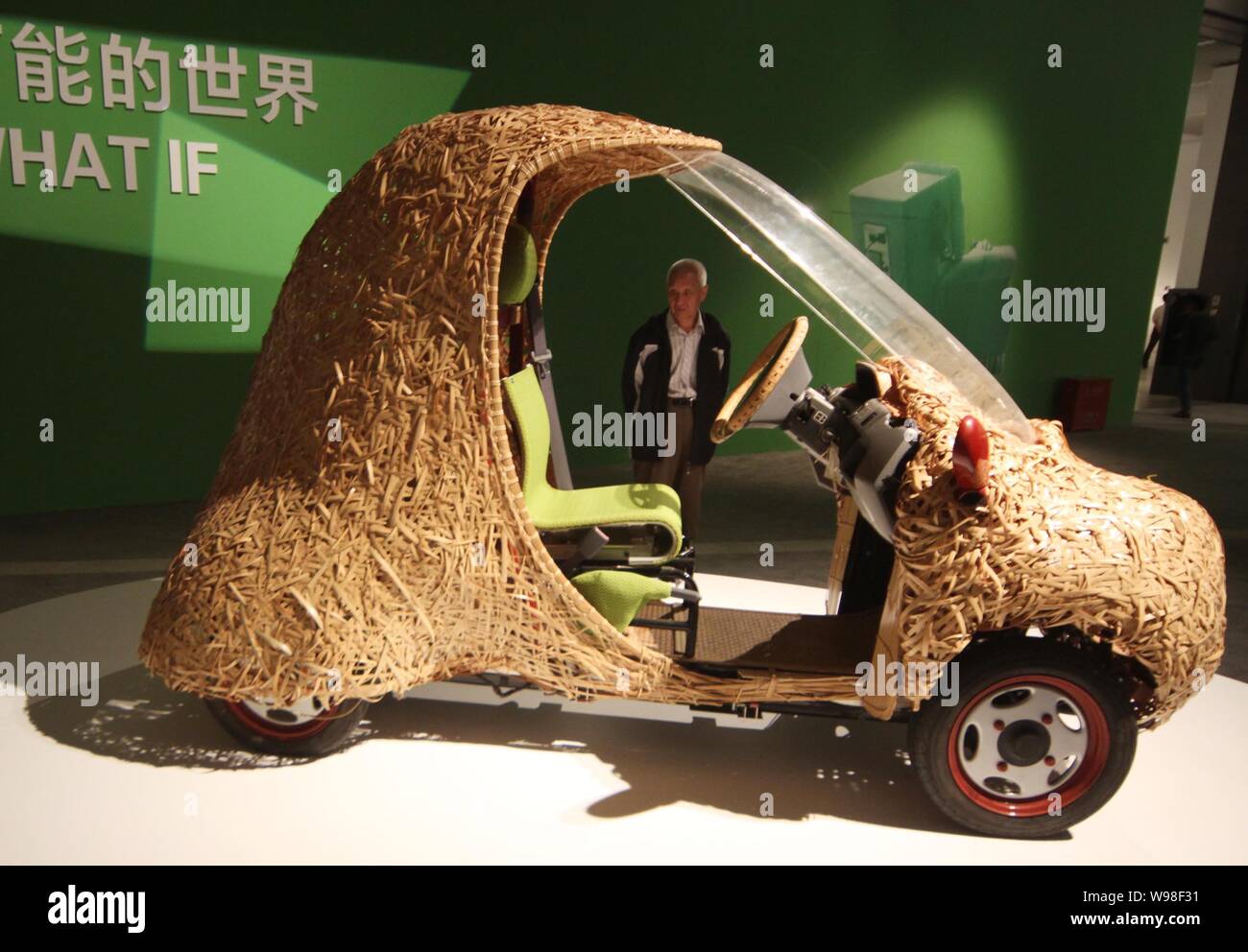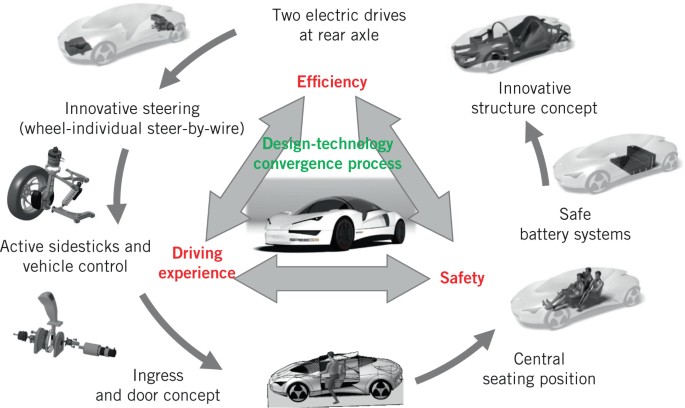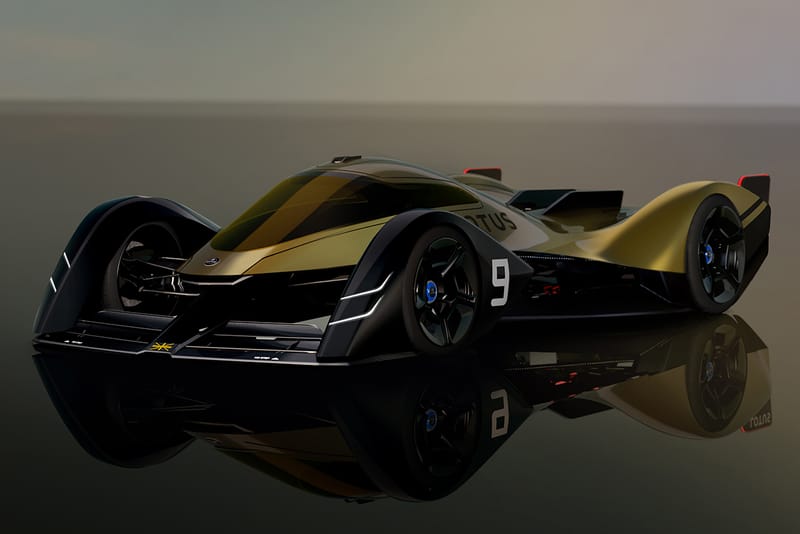

In New York City, a fleet of twelve hansom cabs and one brougham, based on the design of the Electrobat II, formed part of a project funded in part by the Electric Storage Battery Company of Philadelphia. In London, Walter Bersey's electric cabs were the first self-propelled vehicles for hire at a time when cabs were horse-drawn. In 1897, electric cars first found commercial use as taxis in Britain and in the United States. The electric vehicle fleet peaked at approximately 30,000 vehicles at the turn of the 20th century. Įlectricity was among the preferred methods for automobile propulsion in the late-19th and early-20th centuries, providing a level of comfort and an ease of operation that could not be achieved by the gasoline-driven cars of the time.

As of December 2021, there were 16 million plug-in electric cars were on the world's roads.

All-electric cars represented 71% of plug-in car sales in 2021. Worldwide, 6.6 million plug-in electric cars were sold in 2021, more than doubling 2020 sales, and achieving a market share of 9% of the global new car market. Charging an electric car can be done at a variety of charging stations these charging stations can be installed in both houses and public areas. In the United States and the European Union, as of 2020, the total cost of ownership of recent electric vehicles is cheaper than that of equivalent ICE cars, due to lower fueling and maintenance costs. Compared to internal combustion engine (ICE) vehicles, electric cars are quieter, have no exhaust emissions, and lower emissions overall. An electric car, battery electric car, all-electric car is an automobile that is propelled by one or more electric motors, using only energy stored in batteries.


 0 kommentar(er)
0 kommentar(er)
